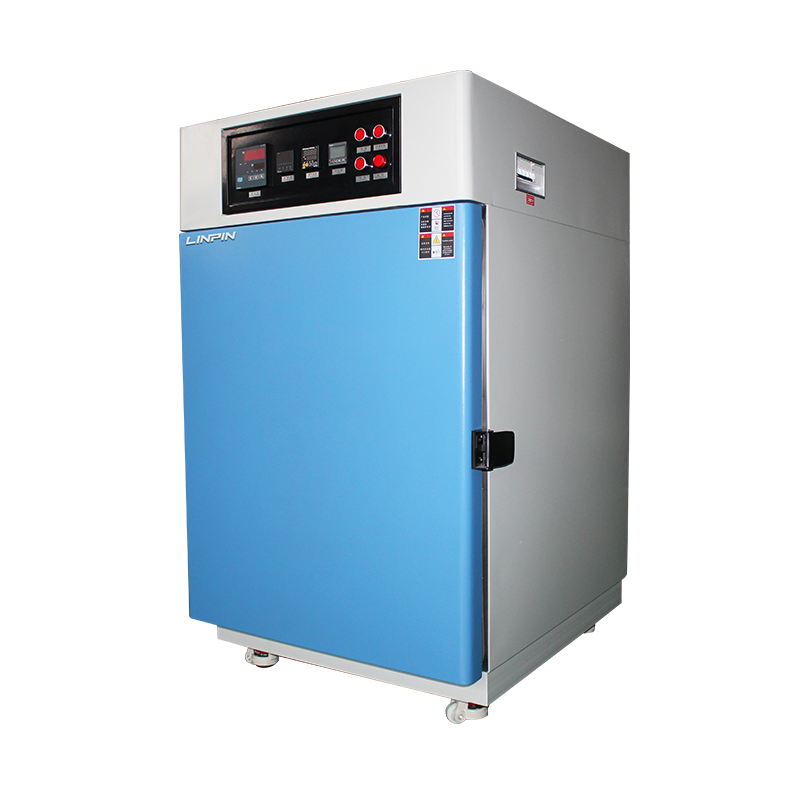

The high-temperature test chamber is primarily used to examine the performance and parameters of materials under high-temperature conditions. If the chamber fails to reach the required temperature during testing, it can directly affect the experimental results. Therefore, such issues should be addressed promptly. What are the possible reasons for this problem?
1. Inspection of Heating Elements
First, check whether the fuses and circuit breakers in the heating element circuit are short-circuited or tripped. If so, professional repair is required.
Next, examine the heating elements for open circuits or leakage using a multimeter set to the ohmmeter mode to measure resistance. If any issues are detected, immediate action is necessary.
Additionally, inspect the control relay (AC contactor) coil to ensure proper voltage supply and normal operation.
2. Inspection of PLC or I/O Board Controlling the Solid-State Relay
Set the multimeter to DC voltage mode and measure the output voltage. If the reading is within the DC 3-32V range, the PLC or I/O board is functioning correctly. Otherwise, it indicates a malfunction requiring repair.

3. Inspection of the Air Circulation System
Check the blower system for aging or damaged fan wheels and ensure the fan is operating normally. If any components are faulty, replace them accordingly.
These are the three most common reasons why a high-temperature test chamber may fail to reach the desired temperature. Along with identifying the causes, we have also provided troubleshooting methods. If such an issue arises, users can perform preliminary checks and repairs or contact the manufacturer’s after-sales service for assistance.
As a manufacturer of test chambers, our company has provided high-quality testing equipment to numerous clients. Beyond equipment supply, we offer comprehensive after-sales support, resolving technical issues for many customers and earning their trust and positive feedback.